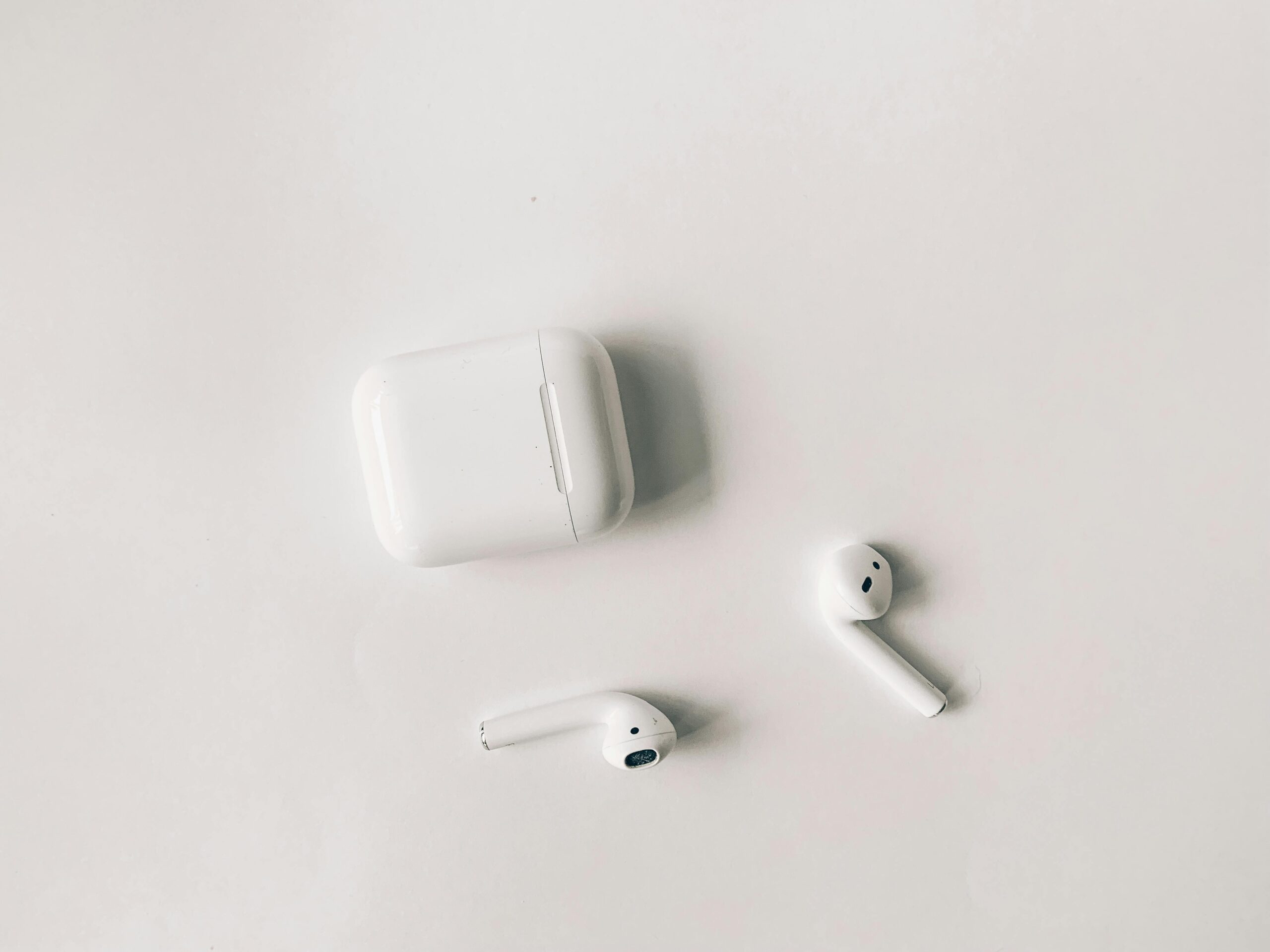Since their debut in 2016, Apple AirPods have revolutionized the way we listen to music and consume audio content. The original AirPods, which retailed at $159, were a game-changer with their wireless design and ease of use. In 2019, Apple introduced the AirPods Pro, priced at $249, which featured active noise cancellation and a more customizable fit. The latest addition, AirPods Max, launched in 2020, offers over-ear design and superior sound quality for $549. With each new version, Apple has aimed to enhance user experience, but the increasing use of these devices has raised concerns about their impact on hearing health.
To understand the potential risks associated with prolonged AirPod use, it’s essential to grasp how sound and sound waves work. Sound travels in waves, and these waves move through various mediums such as air, water, and solids. When sound waves reach our ears, they cause the eardrum to vibrate, which in turn sets off a chain reaction of vibrations through the small bones in the middle ear. These vibrations eventually reach the cochlea in the inner ear, where they are converted into electrical signals that the brain interprets as sound.
Sound is measured in decibels (dB), and prolonged exposure to sounds above 85 dB can cause hearing damage. For context, normal conversation typically measures around 60 dB, city traffic can reach 85 dB, and live concerts can exceed 100 dB. Listening to music at high volumes through headphones can easily surpass these levels, especially with noise-cancelling features that make higher volumes more tempting. Continuous exposure to high decibel levels can lead to noise-induced hearing loss (NIHL), which is a permanent condition.
The primary symptoms of NIHL include tinnitus (a persistent ringing in the ears), difficulty understanding speech, and a general loss of hearing sensitivity. The damage from NIHL is usually gradual and often goes unnoticed until significant hearing loss has occurred. This makes it crucial to be aware of the risks and take preventive measures.
There are several treatments available for hearing loss, but they mainly focus on managing the condition rather than curing it. Hearing aids are the most common solution, helping to amplify sound for those with hearing impairments. More advanced cases might require cochlear implants, which bypass damaged parts of the ear and directly stimulate the auditory nerve. However, prevention remains the best approach to dealing with hearing loss.
Experts recommend several strategies to protect your hearing while using headphones like AirPods. One widely advised guideline is the 60/60 rule: listen at no more than 60% of the maximum volume for no more than 60 minutes at a time. This can significantly reduce the risk of hearing damage. Additionally, using noise-cancelling headphones can help because they block out external noise, allowing you to listen at lower volumes.
Doctors also advise taking regular breaks from headphone use to give your ears time to recover. It’s beneficial to switch to over-ear headphones when possible, as they generally offer better sound quality and can be used at lower volumes compared to in-ear models. Furthermore, maintaining a balanced volume level is essential; if you can’t hear someone speaking nearby, your volume is likely too high.
In terms of prevention, there are several habits and practices that can help mitigate the risks. Limiting the time spent using headphones each day, avoiding high-volume settings, and being mindful of the environment in which you’re listening are all important. For instance, listening in quieter environments means you don’t have to crank up the volume to drown out background noise.
In conclusion, while Apple AirPods provide unmatched convenience and quality, they must be used responsibly to safeguard hearing health. Awareness of the risks associated with prolonged exposure to high volumes is the first step towards prevention. Adopting safe listening habits, like following the 60/60 rule and taking regular breaks, can help preserve your hearing for the long term. Remember, the joy of listening to your favorite music should not come at the cost of your hearing health. Using hearing devices wisely ensures that you can enjoy audio content without compromising your auditory well-being. By staying informed and proactive, you can continue to benefit from technological advancements while protecting one of your most vital senses.
